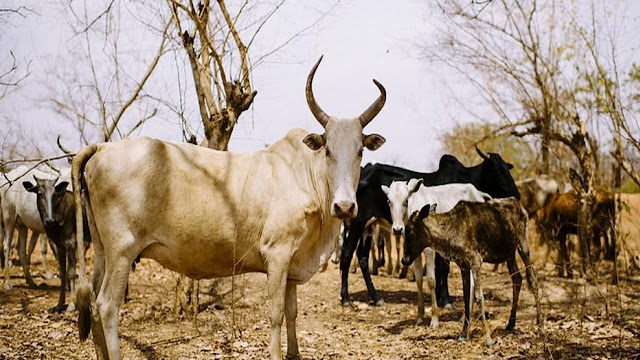Beef is Bad for Our Climate but Giving It up Is Tough

Denver, Colorado So, maybe you know that meat and dairy production has a negative impact on the earth’s climate but you love the taste of charcoal-grilled hamburgers and filet mignon. You might be aware that producing a pound of beef creates more than 25 times the greenhouse gas emissions than producing an equivalent weight of wheat. This fact bothers your conscience but, hey, you can’t live on bread alone and need your protein, right? You may have heard that the methane produced by cows burping and their manure traps 28 times the outgoing planet-warming radiation than the equivalent volume of carbon dioxide. But how are you supposed to suddenly given up the central part of the diet that has sustained you all your life? My answer to you is this – don’t suddenly give up meat. Because you are going to feel really deprived and you will soon give up on a vegetarian or vegan diet just like my ex-wife, Genie, many years ago when she tried to lose weight on...




.jpg)